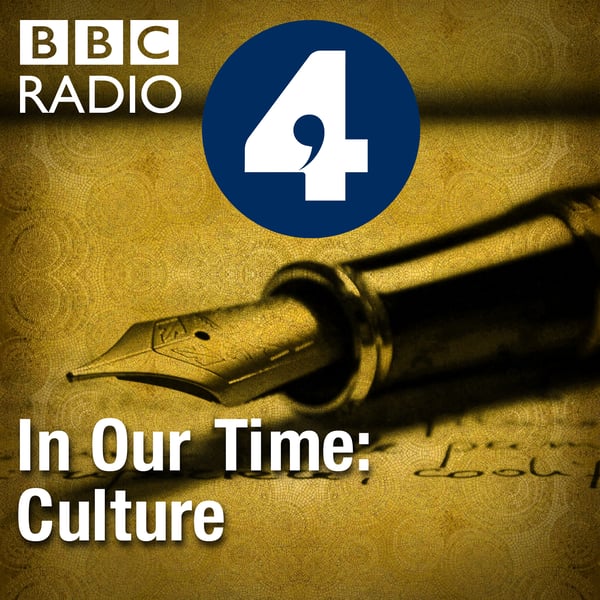Holbein at the Tudor Court
In Our Time: Culture
BBC
4.6 • 978 Ratings
🗓️ 15 October 2015
⏱️ 47 minutes
🧾️ Download transcript
Summary
Melvyn Bragg and guests discuss the life and work of Hans Holbein the Younger (1497-1543) during his two extended stays in England, when he worked at the Tudor Court and became the King's painter. Holbein created some of the most significant portraits of his age, including an image of Henry VIII, looking straight at the viewer, hands on hips, that has dominated perceptions of him since. The original at Whitehall Palace was said to make visitors tremble at its majesty. Holbein was later sent to Europe to paint the women who might be Henry's fourth wife; his depiction of Anne of Cleves was enough to encourage Henry to marry her, a decision Henry quickly regretted and for which Thomas Cromwell, her supporter, was executed. His paintings still shape the way we see those in and around the Tudor Court, including Cromwell, Thomas More, the infant Prince Edward (of which there is a detail, above), The Ambassadors and, of course, Henry the Eighth himself.
With
Susan Foister Curator of Early Netherlandish, German and British Painting at the National Gallery
John Guy A fellow of Clare College, University of Cambridge
And
Maria Hayward Professor of Early Modern History at the University of Southampton
Producer: Simon Tillotson.
Transcript
Click on a timestamp to play from that location
| 0:00.0 | Thank you for downloading this episode of In Our Time, for more details about in our time, and for our terms of use please go to BBC.co.uk. |
| 0:08.0 | Radio 4. I hope you enjoy the program. |
| 0:11.0 | Hello, Hans Holborn the Younger was born in Bavaria in 1497 and died in London in a plague academic |
| 0:16.8 | epidemic in 1543. |
| 0:19.0 | While at the court of Henry the 8th he created some of the most significant and celebrated portraits of his or any age. |
| 0:26.1 | One of Henry at Whitehall Palace was said to make visitors tremble at its majesty. |
| 0:30.9 | Others of Anne of Cleaves encouraged Henry to take her as his fourth wife a decision Henry quickly regretted and for which her supporter Thomas Cromwell was executed. |
| 0:40.0 | His paintings still shape the way we see those in and around the Tudor court including Thomas Cromwell, |
| 0:44.8 | Thomas Moore, the infant Prince Edward, the French ambassadors and of course Henry the 8 himself. |
| 0:50.3 | With me to discuss Holbinder the Tudor, Susan Feister, |
| 0:53.7 | curator of early Netherlandsish, German and British painting at the National Gallery, |
| 0:57.8 | John Guy, a fellow of Claire College University of Cambridge |
| 1:01.6 | and Maria Hayward professor of |
| 1:03.3 | early modern history at the University of Southampton. John Guy what was the |
| 1:07.8 | state of the Tudor court when Holbein first arrived in England in 1526? |
| 1:12.4 | When Holbein arrives so arrived in England in 1526. |
| 1:13.8 | When Holbine arrives in the autumn of 1526, |
| 1:16.6 | the biggest power broker at Henry's court |
| 1:18.6 | is the great Cardinal Wolsey. |
| 1:20.6 | For the last 12 years, he's been the King's chief minister. He works closely with Henry. |
| 1:25.0 | Henry is in charge, but Woolsey has a great latitude and many things he can do, particularly where domestic policy is concerned entirely on his own. |
| 1:34.1 | Another important influence is Thomas Moore. |
... |
Please login to see the full transcript.
Disclaimer: The podcast and artwork embedded on this page are from BBC, and are the property of its owner and not affiliated with or endorsed by Tapesearch.
Generated transcripts are the property of BBC and are distributed freely under the Fair Use doctrine. Transcripts generated by Tapesearch are not guaranteed to be accurate.
Copyright © Tapesearch 2025.

